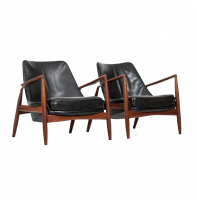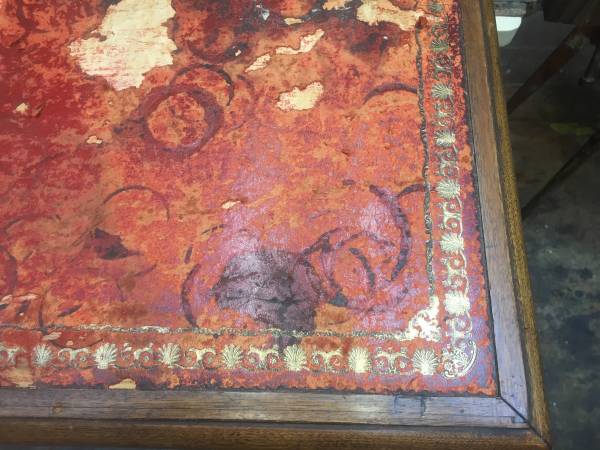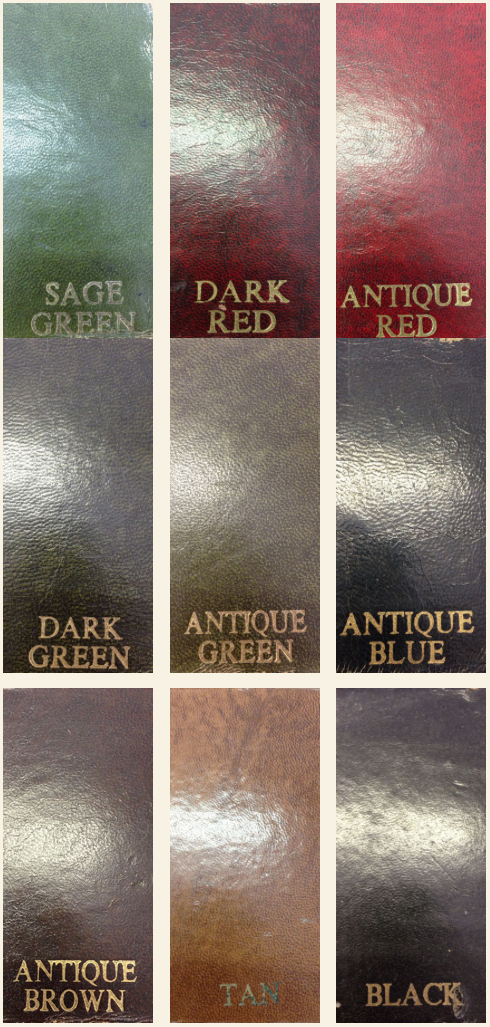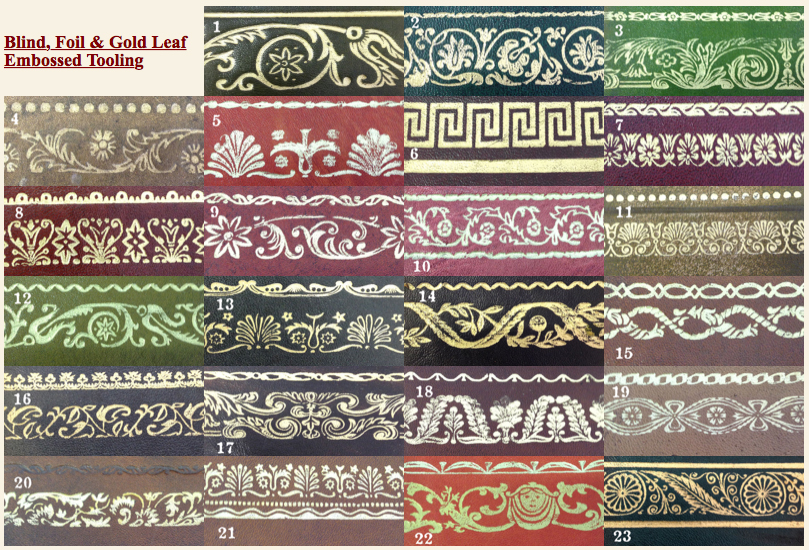For a free, no obligation estimate, please email us at [email protected]
Desk leathering - also known as table lining - is a process which has been in use for several centuries. Leather provides a forgiving surface on which to write, but can also enhance the beauty of your desk or writing table.
There are two main types of leather available for use in this process: lamb skiver or cow hide. Lamb skivers are a little thinner and tend to come in significantly smaller cuts which means that they are suitable for use on smaller writing surfaces, but can be used on larger areas where they are inlaid with joins. The joints are common and are decorated, so most people don't even notice, except to think it part of the design. Cow hide is thicker and will cover a much larger surface without any joining being required. For obvious reasons, cow hide is more expensive than lamb skiver.
Decorative borders are embossed into the leather, in part to aid adherence of the edges to the substrate (surface underneath the leather) but also because it looks nice! We have a large variety of embossing wheels with many patterns available and these can be applied to your leather writing insert either 'blind' or with gold leaf which picks out and highlights the pattern further.
We are also able to re-line card and other games tables with baize.
We can usually match reasonably closely to the colour of leather you already have on your desk and may even be able to match the embossed pattern. Our table liner is highly skilled and has supplied embossed leather surfaces for such prestigious institutions as the Houses of Parliament.
Prices are based on the square footage of the writing surface and the condition of the substrate.
All Restoration







